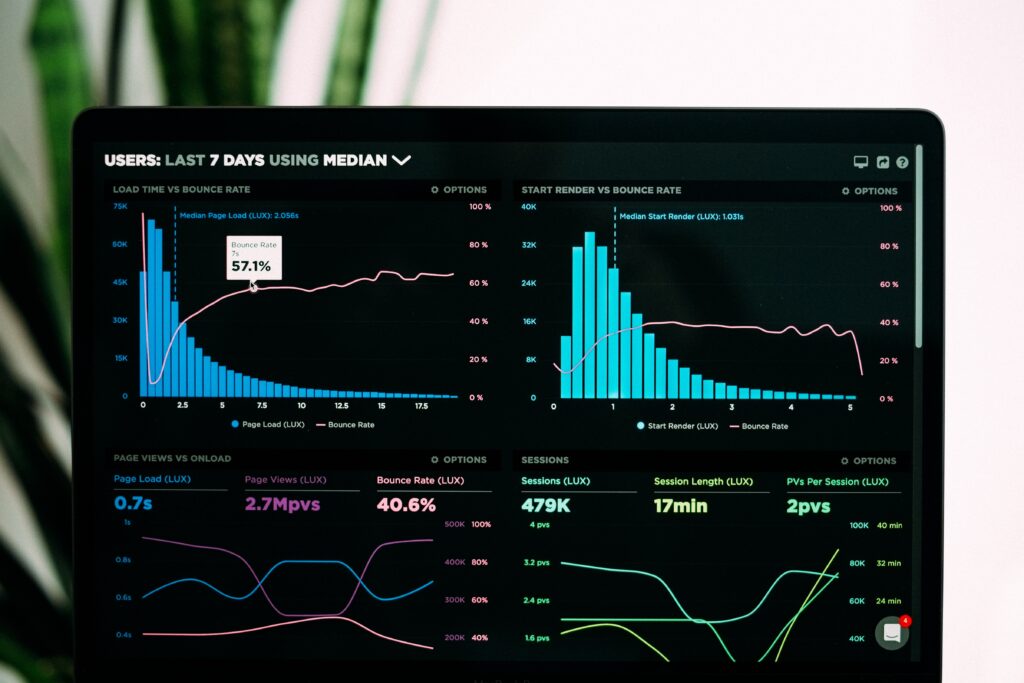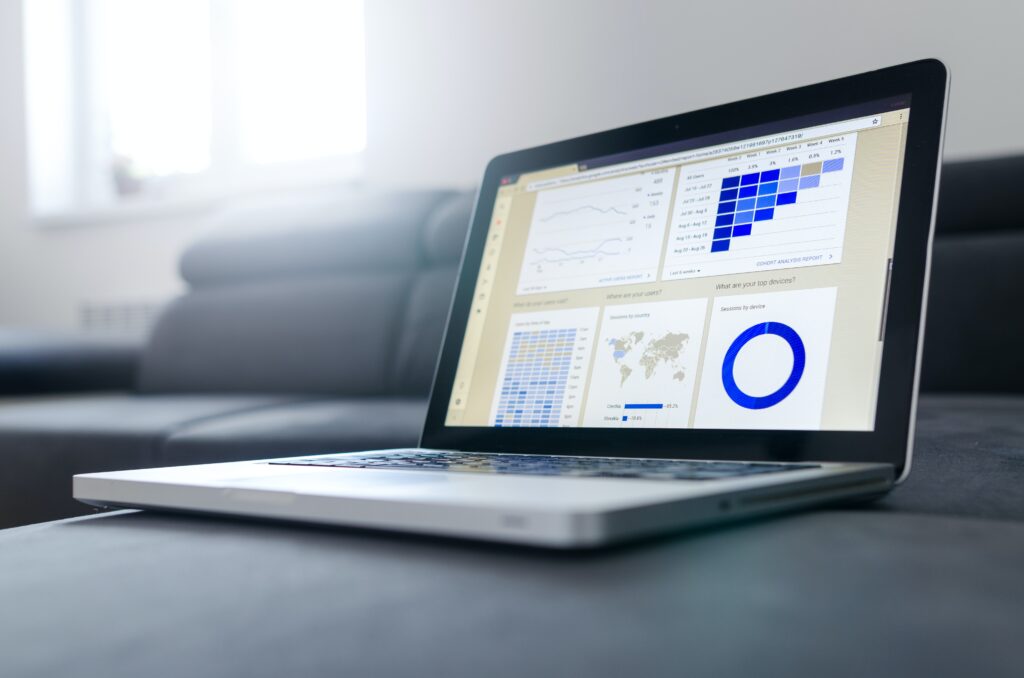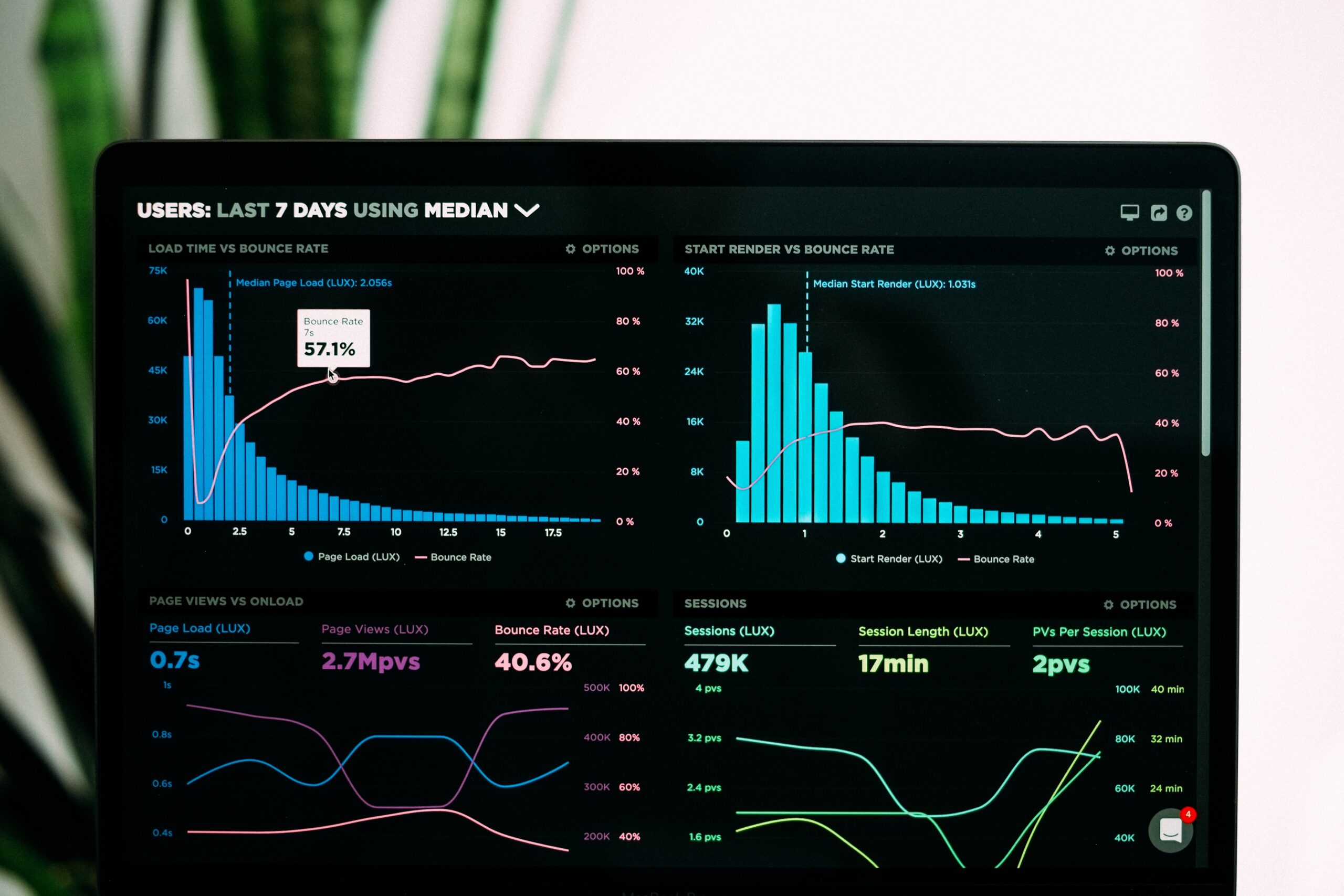In this article, you will learn about what a data logger is and how it works. We will explore the purpose and functionality of this device, which is used to record data over time. You will discover the different types of data loggers and the various applications they are used for. By the end of this article, you will have a clear understanding of how data loggers work and the benefits they offer in collecting and analyzing data.

Definition of Data Logger
A data logger is a device that is used to automatically collect and record data from various sensors and inputs over a specific period of time. It is a vital tool in many industries and fields where accurate and reliable data collection is crucial. By continually monitoring and logging data, data loggers provide valuable information for analysis, troubleshooting, and decision-making processes.
Explanation of what a data logger is
A data logger is essentially a small electronic device that is equipped with sensors and inputs to measure and record various physical quantities such as temperature, humidity, pressure, voltage, current, and many more. It can be standalone or part of a larger data acquisition system. The collected data is stored in the internal memory or external storage media such as SD cards or USB drives for later analysis and interpretation.
Overview of its purpose and function
The primary purpose of a data logger is to gather information about the environment or the subject it is monitoring. It acts as an automated data collection system that eliminates the need for manual measurements and eliminates the possibility of human error. The collected data helps researchers, scientists, engineers, and technicians to understand and analyze the conditions, trends, and patterns of a particular system or process.
Components of a Data Logger
A data logger consists of several key components that enable it to perform its data logging function effectively.
Description of sensors and inputs
The sensors and inputs on a data logger are responsible for measuring and collecting data from the surrounding environment or the subject being monitored. These can include temperature sensors, humidity sensors, pressure sensors, voltage inputs, current inputs, and many more. The type and number of sensors and inputs depend on the specific application and requirements. For example, a weather data logger may include sensors for temperature, humidity, atmospheric pressure, wind speed, and rainfall.
Explanation of internal memory and storage capacity
Data loggers have built-in memory to store the collected data. The internal memory capacity can vary depending on the model and manufacturer, ranging from a few kilobytes to gigabytes. In addition to internal memory, data loggers may also have the capability to connect external storage devices such as SD cards, USB drives, or even cloud-based storage solutions. This allows for expandable storage capacity and easy transfer of data for further analysis and interpretation.
Data Logging Process
To understand how a data logger works, let’s take a look at the step-by-step process of data logging.
Step-by-step guide on how data logging works
- Sensor Calibration: Before starting the data logging process, it is essential to calibrate the sensors to ensure accurate measurements. Calibration involves comparing the sensor readings with known standards and adjusting them if necessary.
- Setting Up the Data Logger: Once the sensors are calibrated, you need to properly set up the data logger. This includes configuring the sampling interval, selecting the sensors to be used, and setting other parameters such as alarm thresholds or data storage options.
- Data Collection: The data logger continuously monitors the sensors and collects data at the specified interval. The collected data is then stored in the internal memory or external storage media.
- Data Storage and Management: Depending on the data logger model and configuration, the collected data is either stored in the internal memory or transferred to external storage devices. It is crucial to manage the data properly to ensure its integrity and ease of access for further analysis.
- Data Analysis and Interpretation: Once the data is collected and stored, it can be transferred to a computer or data analysis software for analysis and interpretation. The data can be visualized through graphs, charts, or tables, allowing you to gain insights and make informed decisions based on the findings.
Introduction to data collection and recording
Data logging is the process of collecting and recording data automatically from various sensors and inputs. It eliminates the need for manual measurements, reducing the chances of human error and improving accuracy. With precise timestamps, the data logger provides a detailed record of the measured quantities over time, allowing for in-depth analysis and evaluation.
Types of Data Loggers
There are various types of data loggers available in the market, each designed for specific applications and requirements.
Overview of standalone data loggers
Standalone data loggers are the most common type and are typically used for portable or remote monitoring applications. They have built-in displays for real-time data visualization and basic data management capabilities. Standalone data loggers are often battery-powered and provide a compact and user-friendly solution.
Explanation of wireless and network-connected loggers
Wireless data loggers utilize wireless communication technologies such as Wi-Fi or Bluetooth to transmit data to a central monitoring system. This allows for real-time monitoring and remote access to the data. Network-connected data loggers can transfer data through Ethernet or internet connections, making them suitable for centralized data management and large-scale monitoring applications.

Applications of Data Loggers
Data loggers find applications in various industries and fields where accurate and reliable data collection is essential.
Examples of industries and fields that use data loggers
- Environmental Monitoring: Data loggers are extensively used in environmental monitoring applications to measure and record parameters such as temperature, humidity, air quality, and water quality. They help scientists and researchers analyze environmental trends, study climate change, and monitor pollution levels.
- Agriculture: Data loggers play a vital role in agriculture by monitoring soil moisture, temperature, and other environmental factors. This helps farmers optimize irrigation, control pests and diseases, and improve crop yield.
- Industrial Process Monitoring: In industrial settings, data loggers are used to monitor and control various process parameters such as temperature, pressure, flow rate, and voltage. This ensures optimal operation, reduces waste, and improves overall efficiency.
- Healthcare and Pharmaceuticals: Data loggers are used in healthcare and pharmaceutical industries for monitoring factors like temperature, humidity, and storage conditions for vaccines, drugs, and other sensitive materials. This ensures compliance with regulations and maintains the quality and efficacy of the products.
Exploration of real-world use cases
- Weather Monitoring: Meteorologists use data loggers equipped with weather sensors to collect data on temperature, humidity, wind speed, and rainfall. This data is crucial for weather forecasting, climate research, and agricultural planning.
- Energy Management: Data loggers are used in energy management systems to monitor energy consumption and optimize efficiency. They provide valuable insights into energy usage patterns, allowing for energy-saving measures and cost reduction.
- Transportation and Logistics: Data loggers are used to monitor temperature and humidity during the transportation and storage of perishable goods such as food, pharmaceuticals, and flowers. This ensures that the products are maintained within the required conditions, reducing spoilage and maintaining product quality.
Benefits of Data Loggers
Using data loggers offers several advantages in various settings.
Advantages of using data loggers in various settings
- Automation and Efficiency: Data loggers automate the data collection process, eliminating the need for manual measurements. This saves time, reduces labor costs, and ensures consistent and accurate data collection.
- Precise and Reliable Measurements: Data loggers are designed to provide accurate and reliable measurements, ensuring the integrity of the collected data. With proper sensor calibration and regular maintenance, data loggers deliver precise results even in challenging environments.
- Flexibility and Versatility: Data loggers are available in a wide range of models and configurations to suit different applications and requirements. They can be easily deployed in various environments, making them ideal for both indoor and outdoor monitoring.
Discussion on improved accuracy and efficiency
The use of data loggers significantly improves accuracy and efficiency in data collection and analysis processes. With precise and reliable measurements, you can confidently make decisions based on the collected data. Automation eliminates the possibility of human error, ensuring consistency and reducing the chances of data manipulation or misinterpretation. This improved accuracy and efficiency ultimately lead to better outcomes, cost savings, and improved overall performance in various industries and fields.

Data Logger Calibration
For accurate measurements, it is crucial to calibrate data loggers regularly.
Importance of calibration for accurate measurements
Calibration ensures that the readings from the sensors are accurate and within the specified range. Over time, sensors can drift or lose accuracy due to environmental factors or normal wear and tear. Regular calibration helps identify any discrepancies and allows for necessary adjustments to be made, ensuring that the data logger continues to provide reliable measurements.
Explanation of calibration procedures
Calibration involves comparing the readings from the data logger sensors with known reference standards. This can be done using calibration equipment or by sending the data logger to a certified calibration laboratory. Calibration procedures may vary depending on the sensors and the specific requirements of the application. It is important to follow manufacturer guidelines and industry standards to ensure accurate measurements.
Data Analysis and Interpretation
Once the data is collected, it needs to be analyzed and interpreted to gain insights and make informed decisions.
Introduction to data analysis software
Data analysis software allows you to import, organize, and visualize the collected data. There are many software options available, ranging from simple spreadsheet software to more advanced tools that provide statistical analysis, data modeling, and predictive analytics capabilities. The choice of software depends on the complexity of the data and the specific analysis requirements.
Explanation of interpreting data for insights
Interpreting data involves analyzing trends, patterns, and anomalies to gain insights and identify potential issues or opportunities. Visualizing the data through graphs, charts, or other visual representations helps in identifying correlations and relationships between different variables. It also aids in identifying any abnormal fluctuations in the data, which may indicate the need for further investigation or corrective actions.
Data Logger Maintenance and Troubleshooting
Proper maintenance and troubleshooting are essential to ensure the optimal performance of data loggers.
Tips for proper maintenance and care
- Regular Sensor Calibration: Calibrate the data logger sensors at regular intervals to maintain accurate measurements.
- Battery Management: Ensure that the batteries are in good condition and replace them as needed. It is important to periodically check the battery level to prevent any data loss due to power failure.
- Data Security: Backup the collected data regularly to prevent data loss in case of any technical issues or device failure.
Common issues and solutions
- Sensor Drift: If the data logger readings start deviating from the expected values, it may indicate sensor drift. Recalibrate the sensors to bring them back to their accurate state.
- Data Transfer Failure: If you encounter issues with transferring data from the data logger to external storage devices or software, check the connections and ensure compatibility between devices.
- Temperature Extremes: Some data loggers may have temperature limitations. Ensure that the data logger is suitable for the desired operating temperature range to avoid degraded performance or damage.
Conclusion
In conclusion, data loggers are valuable tools that automate data collection and provide accurate and reliable measurements for various industries and fields. They play a crucial role in environmental monitoring, agriculture, industrial process control, healthcare, and many other applications. By continuously monitoring and logging data, data loggers allow for in-depth analysis, troubleshooting, and informed decision-making. With their flexibility, versatility, and improved accuracy and efficiency, data loggers are indispensable in today’s data-driven world. Regular calibration, proper maintenance, and careful data analysis ensure the optimal performance and reliability of data loggers. So, harness the power of data loggers to unlock meaningful insights and drive success in your field.

